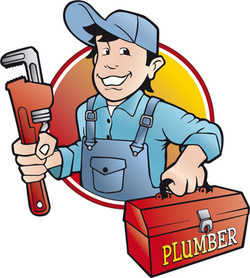A Grease Trap
A grease trap is a special device that is generally used to separate solid waste and fats that go down by washing and food preparation artifacts in restaurants, hotels, fast food businesses, production plants and in different applications and industrial processes. This in order to protect the sanitary facilities.
For a trap to be effective it must have a volume between 95 and 100 liters. This volume guarantees a time of permanence of the 'waters' inside the trap, which achieves an effective separation of the fats and the solid waste of the liquids.
When food premises do not have this system to retain the fats, over time, the drainage pipes become clogged, causing health problems and risks of contamination in the preparation of food. It is very important to note that fats and solid waste must be dislodged from the minimum tank every 2 days, depending on the volume of production (sometimes daily cleaning of the trap is necessary). This process, although it is very simple if done by a Plumber Brick is better, so that the operator can easily clean and evacuate such waste.
Care should be taken to ensure that no fryer oils are directly poured into the drain, as well as to evacuate the fats that are separated in the trap in sealed plastic bags that go directly to the garbage.
Now, how does a Grease trap work?
A trap retains by sedimentation the solids in suspension and by flotation, the fatty material. The grease trap has two compartments, both separated by a grid that does not let solids pass. In the larger compartment, where liquids arrive with dissolved solids, the fat separates as it is lighter than water. In the other compartment, the water will "clean".
A trap retains by sedimentation the solids in suspension and by flotation, the fatty material. The grease trap has two compartments, both separated by a grid that does not let solids pass. In the larger compartment, where liquids arrive with dissolved solids, the fat separates as it is lighter than water. In the other compartment, the water will "clean".
It is very important that the drain after the trap has a siphon to avoid bad smells inside the premises. The trap also has a drain and a quick-release key that will allow, after evacuating the precipitates, to the Plumber Lakewood to do the cleaning, without needing to use hoses and other accessories.

Comments
Post a Comment